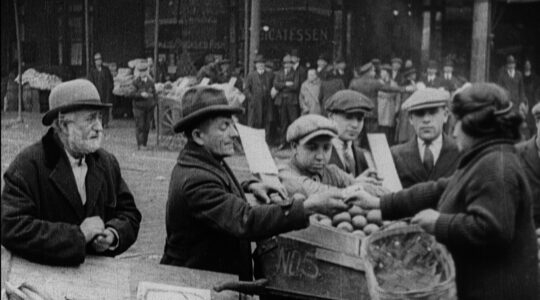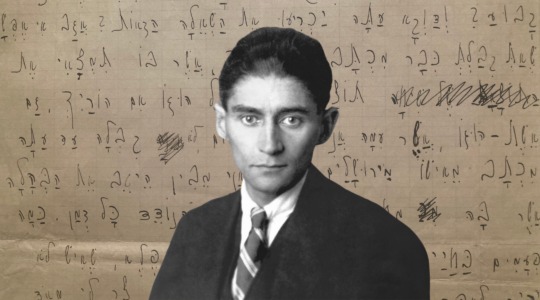“If I didn’t define myself for myself, I would be crunched into other people’s fantasies for me and eaten alive.”—Audre Lorde, “Learning from the 60s” (1982).
I love food. I don’t think—in fact, I really hope—that’s not a divisive statement. But I’m not only a proud foodie, I’m also an avid chef. As the president of Serving Spoons, a nonprofit that prepares and delivers healthy and home-cooked meals to families in need, I feel very comfortable in the kitchen. And as any experienced cook knows, flavor is built, not invented. It takes a precise combination of many different ingredients to make the perfect bite.
The formation of identity works in much the same way. I am a combination of many different experiences and interactions; my Jewish heritage, my feminist identity, my unique literary voice and more, have all shaped who I am today. Each new experience adds another layer of flavor.
The tension, therefore, comes when we are asked to identify with one aspect of our identity more than others. I often feel pressured to mold my personality to best fit with whatever environment I am in; it’s not unnatural, it’s merely a part of the basic human desire we feel to conform.
However, we must resist that pressure. A good chef knows that the key to the perfect marinara sauce is all the flavor-building ingredients that go into it (and are then simmered for hours). We are at our best when we can fully embrace our whole selves, giving proper consideration to the mix, weight and relevance of each component within us.
A few weeks ago I was helping out with a diversity and inclusion workshop for freshman orientation at my high school. For one of the activities, each student received a piece of paper with six circles on it—one in the center, and the others surrounding it. The students were asked to write their name in the center circle, and then choose five aspects of their identity to write in the outer bubbles. Walking around, I saw a diverse range of identities represented—immigrant, sister, black, queer, first generation, Jew, feminist.
The students were asked to narrow their feelings of affiliation by crossing out two of the identities they had written, and then to trade papers with a partner. The students were again asked to cross out two more identities, but this time on their partner’s paper. After receiving their papers back, students reflected on the experience of having to whittle down their identities to a single self-definition. They considered how their reactions were different when they crossed out their identities themselves versus when their partners did it for them. The entirety of the exercise simulated the daily pressure we feel to conform and over-simplify our identities. Students were forced to reckon with the effects and implications of having to embrace only one aspect of their identity as opposed to their whole, multi-faceted selves.
Lital Levy, a professor of comparative literature at Princeton University, has performed extensive research and analysis in this area of varied identity. A couple of summers ago, I was able to take a course with her about the “split self” in Jewish literature, in which we examined the ways in which our identities seem to be torn in two. It’s a duality that’s readily apparent in blended Jewish identities across the globe: Sephardic and Ashkenazi, Palestinian and Israeli, even mixed-faith families.
Thus, if we give in to the pressures of self-identifying in singular, monolithic attitudes, we forsake our ability to embrace diversity. If I attend synagogue only presenting my Jewish identity and denying the other parts of myself—the feminist, the writer, the activist, the cook, the pasta-lover—a seat at the table, I’m denying myself the opportunity to add something to the conversation. It creates a dish that is horribly bland and tasteless.
As my taste buds continue to grow and evolve through my continued exploration of different ingredients and flavors, so too will my identity as I foster new relationships and embrace new experiences. One such occasion was during that freshman orientation activity, where I met a student who, despite the teacher’s best efforts, refused to cross out any of her identities. While I admired her chutzpah, I, more importantly, appreciated her stubbornness in resisting the pressure to conform. As I walked by, I gave her a sly smile of approval and felt reassured seeing that others too have the confidence to embrace their whole selves.
I cook to fill the dinner table, enticing newcomers with the sumptuous scents of a full day in the kitchen. My only hope is that, when we all sit down, we feel comfortable to be as complex, and frankly, as complicated, as the meal in front of us.
Editor’s Note: This content was produced in partnership with the Jewish Women’s Archive.
The New York Jewish Week brings you the stories behind the headlines, keeping you connected to Jewish life in New York. Help sustain the reporting you trust by donating today.




